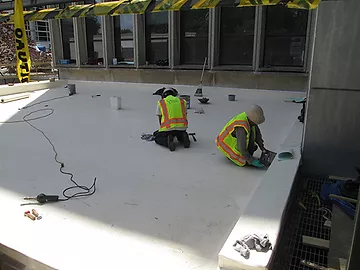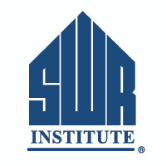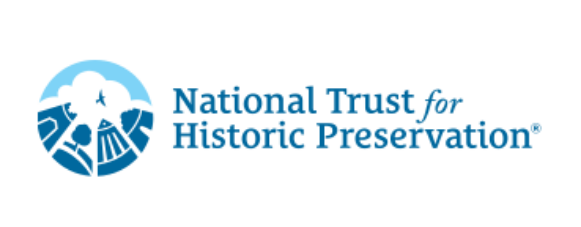Fatal Four Hazards in Construction
There is inherent risk construction workers face every day at work. Construction is a dangerous field full of hazards. Despite the wide-ranging hazards construction workers face, there are four types of hazards that are responsible for the majority of fatalities in the construction industry. These four types of hazards are falls, struck-by, caught-in between, and electrocution.
Falls
In 2017, falls accounted for about 40% of all fatalities in the construction industry. OSHA requires employees to be tied off during work at six feet of height or greater, but there are many companies that do not protect their workers from falls. The majority of employees who died due to a fall did not have any fall protection on or the fall protection was inadequate.
Electrocutions
Electrocutions followed falls in cause of fatalities with 8.2% of all fatalities in the construction industry in 2017. There are multiple causes of electrocution fatalities. The common types of electrocution fatalities include direct contact with an energized power, direct contact with energized equipment, contact between a boom and energized power-line, damaged equipment, and indirect contact with an energized power-line.
Struck-By
Struck-by incidents were responsible for 8.1% of all fatalities in the construction industry in 2017. There are many struck-by hazards on every construction site that can severely injure or kill workers on any given day. Common struck-by incidents include struck-by moving equipment, struck-by falling objects, and struck-by flying debris.
Caught-In/Between
The last of the fatal four hazards in the construction industry is caught-in/between incidents. These incidents caused 4.3% of all fatalities in the construction industry in 2017. OSHA defines caught-in/between hazards as: Injuries resulting from a person being squeezed, caught, crushed, pinched, or compressed between two or more objects, or between parts of an object. Two examples of caught-in/between incidents include excavation cave-ins and being pulled into moving equipment such as a conveyor.
Summary
This was just a quick overview and examples of the fatal four hazards in the construction industry. It is important that construction workers understand that these types of hazards are responsible for the majority of injuries and fatalities in their field of work. In your work today evaluate your work task and work area for these hazards can trigger you take the extra time to really evaluate a work task. Take ownership of hazards in your work area and see them through that they get fixed. After all you never know what safeguard or action may make the difference in preventing an injury.
What is Silica Dust and Where is it Found?
Crystalline silica is an important industrial material found abundantly in the earth’s crust. Quartz, the most common form of silica, is a component of sand, stone, rock, concrete, brick, block, and mortar. Materials containing quartz are found in a wide variety of workplaces. Common industries and operation where crystalline silica is found include: construction, glass products, concrete products, foundries, cut stone products, railroad track maintenance, abrasive blasting, and many more. Occupational exposure to irreparable crystalline silica occurs when cutting, sawing, drilling, and crushing of concrete, brick, ceramic tiles, rock, and stone products.
Health Effects and Illnesses Caused by Silica Dust
Silica dust is hazardous when very small respirable particles are inhaled. These respirable dust particles can penetrate deep into the lungs and cause disabling and sometimes fatal lung diseases, including silicosis and lung cancer, as well as kidney disease. Crystalline silica is 1 of 119 agents listed as “carcinogenic to humans” by the International Agency of Research on Cancer also known as IARC.
Best Practices in Reducing Exposure to Silica Dust
Eliminate the source of the dust whether that is through engineering controls or a change in work processes. Use collection or vacuum systems to collect dust at the point of operation to avoid suspended the dust in the air. Use wet methods when cutting or breaking any concrete or similar materials. Use water as a means of suppression for the dust on roadways or in work areas. Stay out of areas where silica dust levels are high as well as avoiding being downwind from these areas. Use proper respirators when engineering controls are not enough to protect you.
Asking this Question as a Tool:
-
What Can Hurt Me Today?
Every day before our work begins we should go through some type of process to evaluate the work for the day as well as the associated hazards. This process can include a self-check as well as a work area inspection and inspection of tools or equipment. During this process a main objective should be identifying hazards so that you can take steps to eliminate or mitigate the hazards found. One useful question to ask yourself before a work task begins is: “What can hurt me?”
Sure, it may seem very dark and negative to ask yourself this right as your work day is starting or when starting a new work task, but it can be the difference in recognizing the hazard that could injure you or someone else that day. Asking this question should trigger you to stop and really look around your work area and consider what dangers you are dealing with. Identifying uncontrolled hazards should be a top priority before starting any work task. Taking ownership of these hazards and seeing them through to get corrected is necessary for a safe workplace.
Taking Ownership of Mitigating Hazards
Identifying hazards is not worth much if you do not see it through that they are properly addressed. Even if you spot something and make a mental note to avoid that hazard it could seriously injure someone else in the area. Take the time and energy to properly mitigate the hazard so not only will you not be affected by it, but also your coworkers will not be either.






